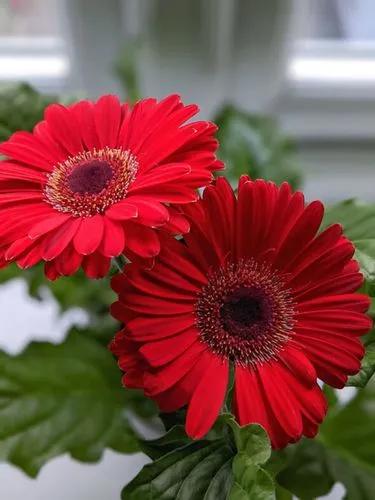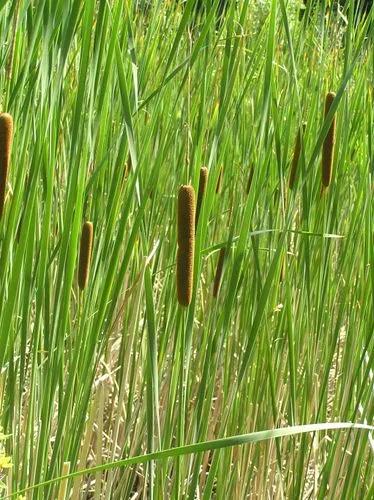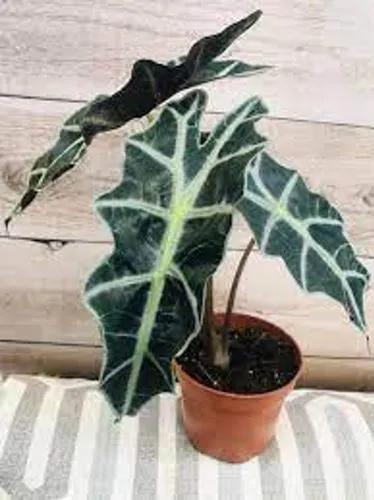Reseda lutea, the yellow mignonette or wild mignonette, is a species of fragrant herbaceous plant. Its leaves and flowers have been used to make a yellow dye called "weld" since the first millennium BC, although the related plant Reseda luteola was more widely used for that purpose. A native of Eurasia and North Africa, the plant is present on other continents as an introduced species and a common weed. In Australia it is a noxious weed and pest of agricultural crops.
Yellow Mignonette Care
Reseda lutea



Reseda lutea is a plantL growing to 0.8 m (2ft 7in) by 0.5 m (1ft 8in). It is not frost tender. It is in flower from June to August, and the seeds ripen from August to September. The species is hermaphrodite (has both male and female organs) and is pollinated by Bees, insects. The plant is self-fertile. It is noted for attracting wildlife. Suitable for: light (sandy), medium (loamy) and heavy (clay) soils and prefers well-drained soil. Suitable pH: acid, neutral and basic (alkaline) soils. It can grow in semi-shade (light woodland) or no shade. It prefers moist soil.
This plant is useful.
How to Care for the Plant

Popularity

72 people already have this plant 18 people have added this plant to their wishlists
Discover more plants with the list below
Popular articles






